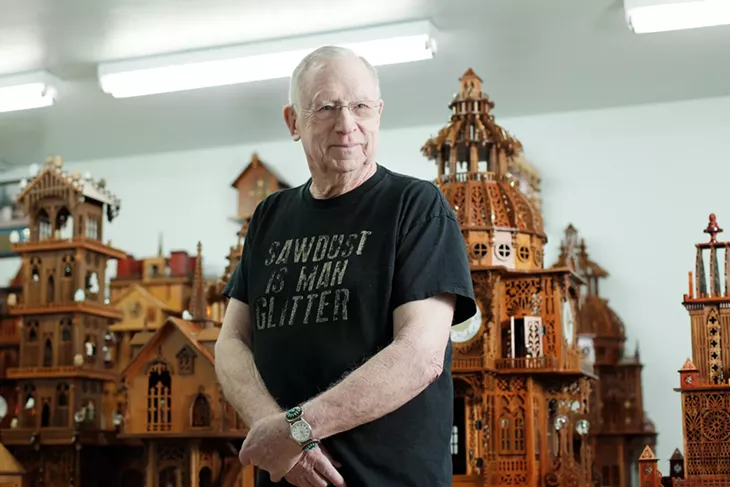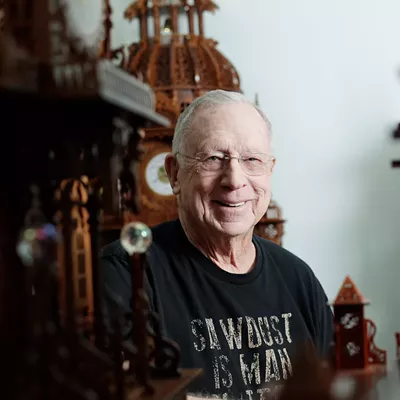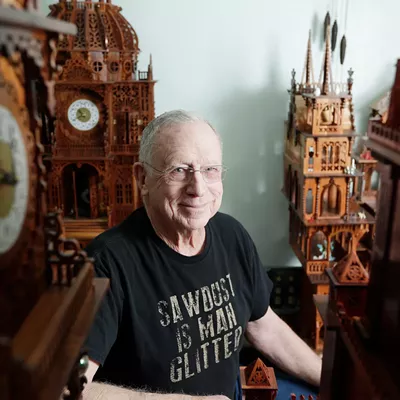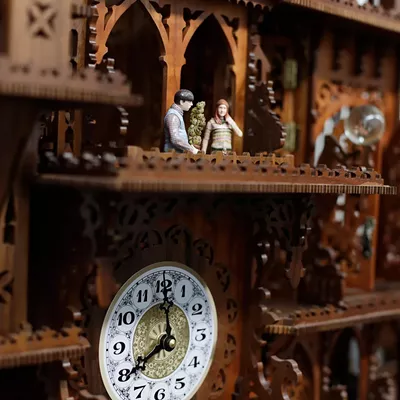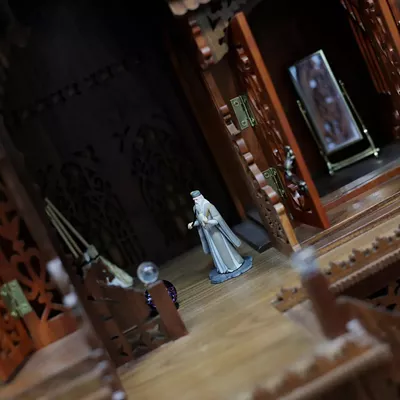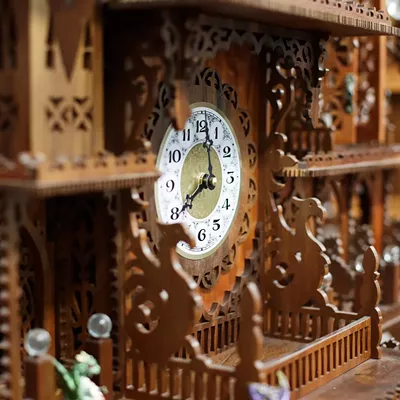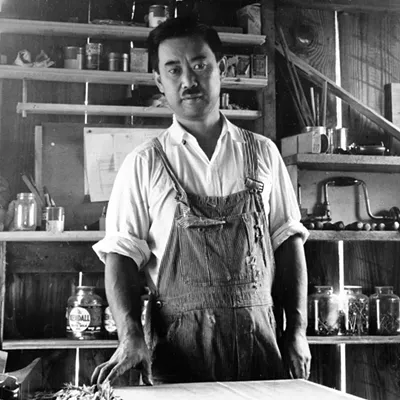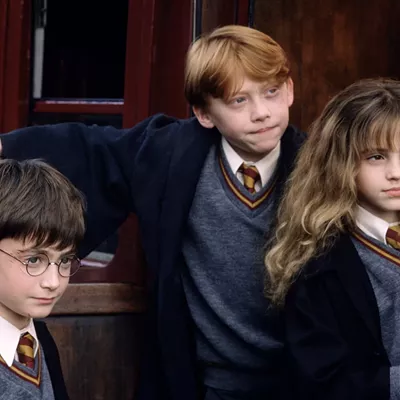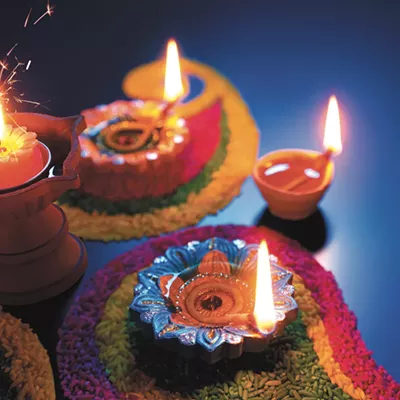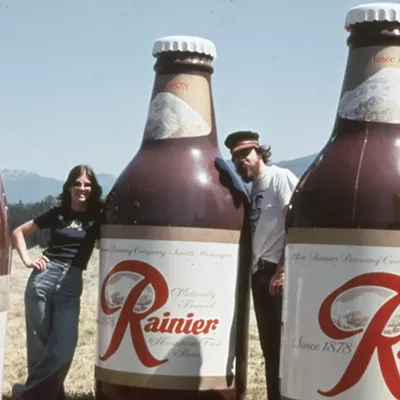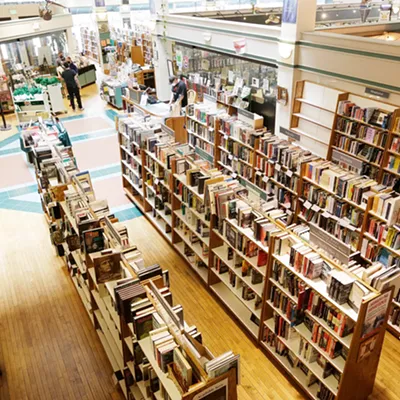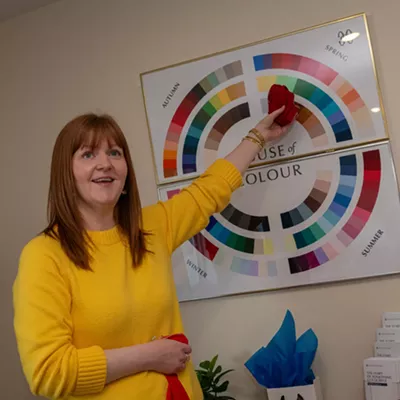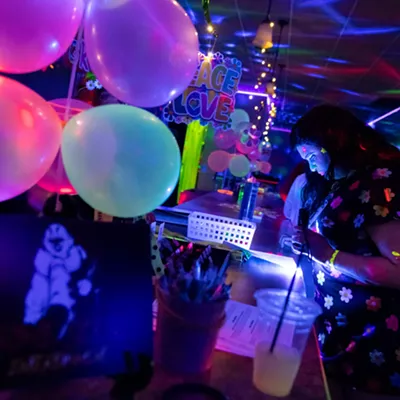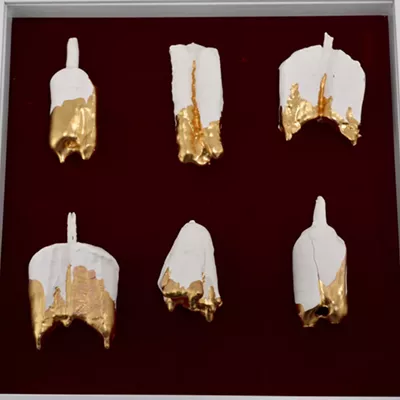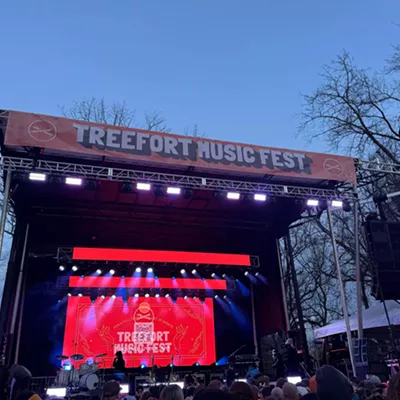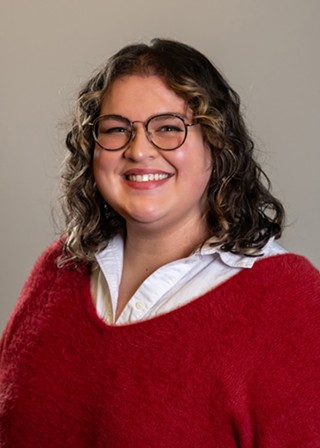Richard Weatherly has always had time on his side.
He joined the Air National Guard in 1964 at what he says was the perfect moment — right as there was a huge need for young men to enlist due to an upgrade to the interceptor planes used in combat.
And the timing worked out. He began working full time at Fairchild Air Force Base in 1966 as a weapons loader and then a boom operator aboard in-flight refueling tankers. He served during the Gulf War in the early '90s.
After 25 years in the position, Weatherly retired on Dec. 31, 1999, a precarious time for many as Y2K rumors floated around. He wasn't even sure his paycheck would come through the next day. But time flowed on and he got that last check.
As a token of appreciation for his service, Weatherly's colleagues gifted him a scroll saw after asking his wife what he might like. Just a few months before, Weatherly was introduced to the world of clock-making by a close friend and became enamored. A scroll saw was a good place to start. It's the tool of choice for many woodworkers who deal in fine detail, and it gives the user a good sense of control because it's pedal-operated.
Now, more than 20 years later, every day at noon, Weatherly's home is filled with a cacophony of chimes and dings. It's apparent where all the noise is coming from.
The living room walls are lined with clocks. Two tables in the kitchen have clocks placed upon them. Nearly every spare inch of the Spokane Valley home is occupied by a ticking wooden timepiece.
Weatherly, his wife and their two white dogs are used to the noise. It's just an average day for them, but these clocks are anything but average. Weatherly doesn't make your run-of-the-mill cuckoo clocks, they're sculptural works of art.
From a complete replication of the Hogwarts castle from Harry Potter to a nearly 4-foot-tall clock that Weatherly calls his "COVID clock," it appears like he has a lot of time on his hands, but building clocks is what Weatherly loves to do.
"I'm just a retired guy who loves to make clocks," he says. "It's my passion. It's been a lot of fun. It keeps me busy and out of my wife's hair!"
The first clock Weatherly built using that gifted scroll saw was made from cheap plywood. Now, he sources quality wood from all over the Inland Northwest and has upgraded his equipment tenfold.
Even so, that first clock still hangs in the clockmaker's home office surrounded by military memorabilia and family photos. It's a reminder of where it all began and how far he's come.
Weatherly has kept a log of every clock he's ever made and at the time of writing this story, he's working on clocks No. 250 and 251.
He puts an immense amount of time into each, some taking months to complete. Often he follows historical plans, or plans from a clockmaker friend in Missouri. The clock he's most proud of, however — his Hogwarts recreation — came entirely from his own mind, each piece cut by hand on the saw in his home workshop.
This particular clock is mammoth, spanning the length of a dining room table. It includes all of the familiar facets of Hogwarts: the owlery, Hagrid's hut, Dumbledore's office and, of course, functional moving staircases. If you look closely, you'll see character figurines carefully placed inside, too.
Weatherly's "COVID clock" took nearly four months to complete.
"I got probably 800 hours of work in on that one," he says. "It's the largest one I've ever made. I didn't have anything better to do, so that's what came of COVID."
If that doesn't sound like enough work to you, Weatherly admits that he usually makes two of every clock he works on.
"It's just as easy to make two at a time as it is one," he says. "Right now, I have two going in my workshop."
Yet, he's never sold a single clock. Instead, Weatherly donates them to various charities for fundraising auctions, or asks people to donate to a charity in exchange for receiving one of his clocks. He only asks for the cost of materials, usually around $80 for a midsized design. He says it feels like the right thing to do.
"The first clock I ever gave away was to a benefit in Tekoa [Washington] for a family whose house had just burned down," he says. "Once we got settled in our house in the Valley, I had so many of them and I needed to do something with them. I didn't want to sell them because I didn't want a job out of it, so I started donating them to different charities."
He's donated clocks almost yearly to Hospice of Spokane and the Lions Club as well as other organizations around the region. Donating to Hospice is especially important to Weatherly as his first wife, Niki, passed away in a hospice house in 2020.
As Weatherly approaches 80, his eyesight is deteriorating and he's not sure how much longer he'll be able to continue making his elaborate clocks.
"I hope another year or maybe two," he says. "I'll do it until I absolutely can't anymore."
It's a race against the clock, but Weatherly knows a thing or two about that. ♦


